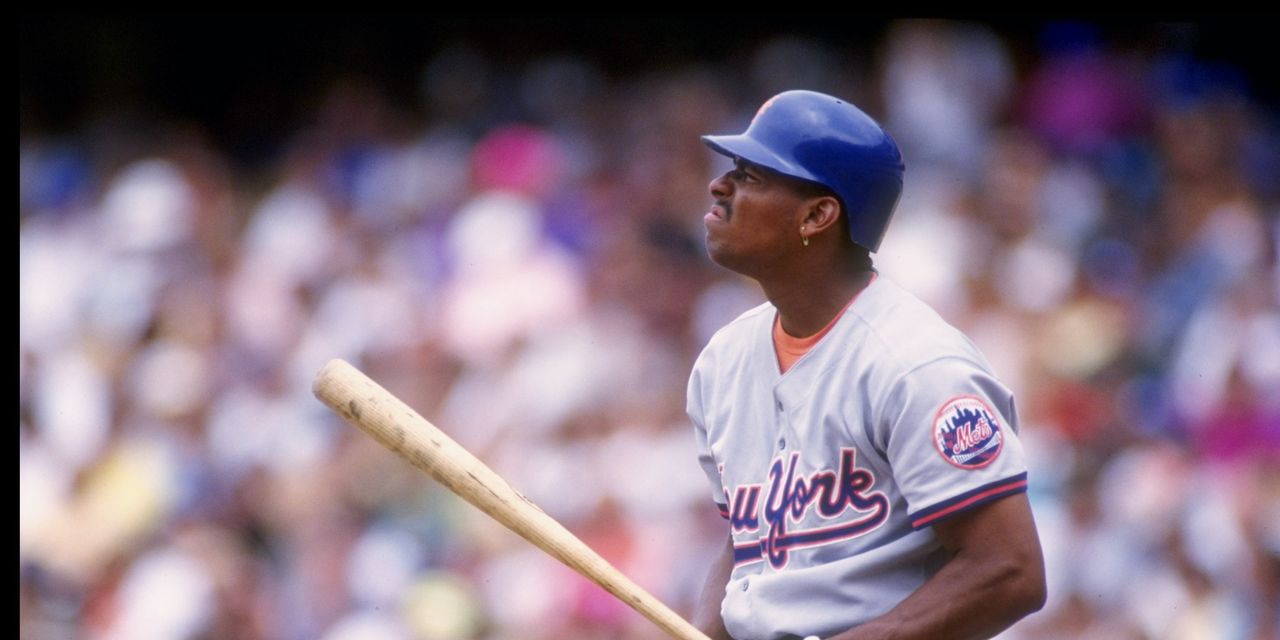“Bobby Bonilla Day” was trending on Twitter on July 1 as it does every year. That’s because it marks the annual date when the former New York Mets player receives $1.2 million from the team, despite being retired for over a decade.
Bonilla’s agent, Dennis Gilbert, orchestrated a contract payout for the third baseman that will pay him $1.2 million every year from 2011 until 2035. Bonilla was originally owed $5.9 million from the Mets in 2000, but the new deal pays him over $1 million annually, plus an additional 8% interest, according to ESPN.
Then-Mets owner Fred Wilpon was invested in a Bernie Madoff account at the time and reportedly believed he would be making significant returns in the future. Obviously, that did not happen as Madoff’s hedge fund eventually dissolved after it was revealed to be a Ponzi scheme.
See also: Why Victor Wembanyama could be worth over $80 million a year to the Spurs
Bonilla, now 60, is not the only retired baseball player who has a lucrative deferred payment agreement with a sports franchise. Here are some other athletes who also receive large deferred payments from teams they no longer play for:
- Manny Ramirez is currently on a 16-year, $32 million deferment contract from MLB’s Boston Red Sox. Ramirez last played for the Red Sox in 2008 and will be paid until 2025.
- Ken Griffey Jr. receives $3.59 annually from MLB’s Cincinnati Reds. Griffey last played for the Reds in 2008 and will continue to get paid until 2024.
- Todd Helton will get $1.3 million from MLB’s Colorado Rockies annually until 2023. Helton is in the midst of a 10-year, $13 million deferred contract agreement from the Rockies, a team he last played for in 2013. He also gets 3% interest.
And some currently active players have such deals too. For example, Max Scherzer is set to receive a total of $105 million in deferred payments from MLB’s Washington Nationals through the year 2028. Scherzer, who now plays for the Mets, will get $15 million annually from the Nationals for seven years.
Boston Red Sox infielder Rafael Devers inked a 10-year, $331 million contract extension to remain with the Boston Red Sox through 2033, but the team will be paying him a lot longer than that. Boston is deferring $75 million of his contract, and Devers will be paid two installments of $3.75 million twice a year through 2043 — he will be 46 when the installments are all paid out.
One reason some teams offer players deferred payments, even if the franchise ends up paying more to the player than they originally owed, is because it frees up money at the time to spend on draft picks or free agent players that they believe can help the team compete.
All of the deferred payment agreement examples listed above are for professional baseball players.
See also: Fernando Tatis Jr.’s $340 million contract will be shared with a firm that invested in him when he was a teenager
There are also some examples of stretched-out payment agreements in the NBA, for example with Kevin Garnett, Joakim Noah and Larry Sanders, but those are rare and frequently involve teams releasing a player from the roster as part of the deal to save money on the league’s salary cap in the short term.
Steve Cohen, a hedge fund manager and current New York Mets owner, is enthusiastic about the hype for Bobby Bonilla Day, and tweeted about the annual tradition last year.
Bonilla’s payment is currently higher the the salary for 11 of the 34 players currently on the New York Mets roster, according to contract monitoring site Spotrac — Bonilla last played for the Mets in 1999.
Some people have described Bonilla’s payout as a great example of compound interest, because he opted to defer $5.9 million in 2000 into 24 years of payments with an 8% annual interest rate. Compounding is when you earn interest on your earned interest, which can have a powerful impact over time. The net payment for Bonilla will be about $30 million when he turns 72.
Read on: It ain’t a bear market for Bobby Bonilla. How the former Mets player’s financial feat illustrates the magic of compound interest.
Read the full article here


